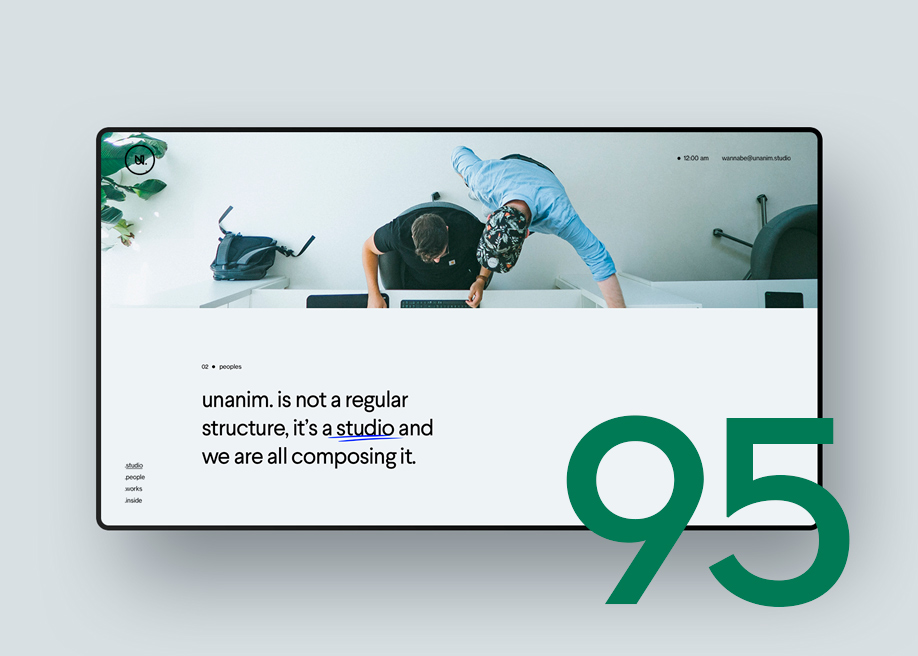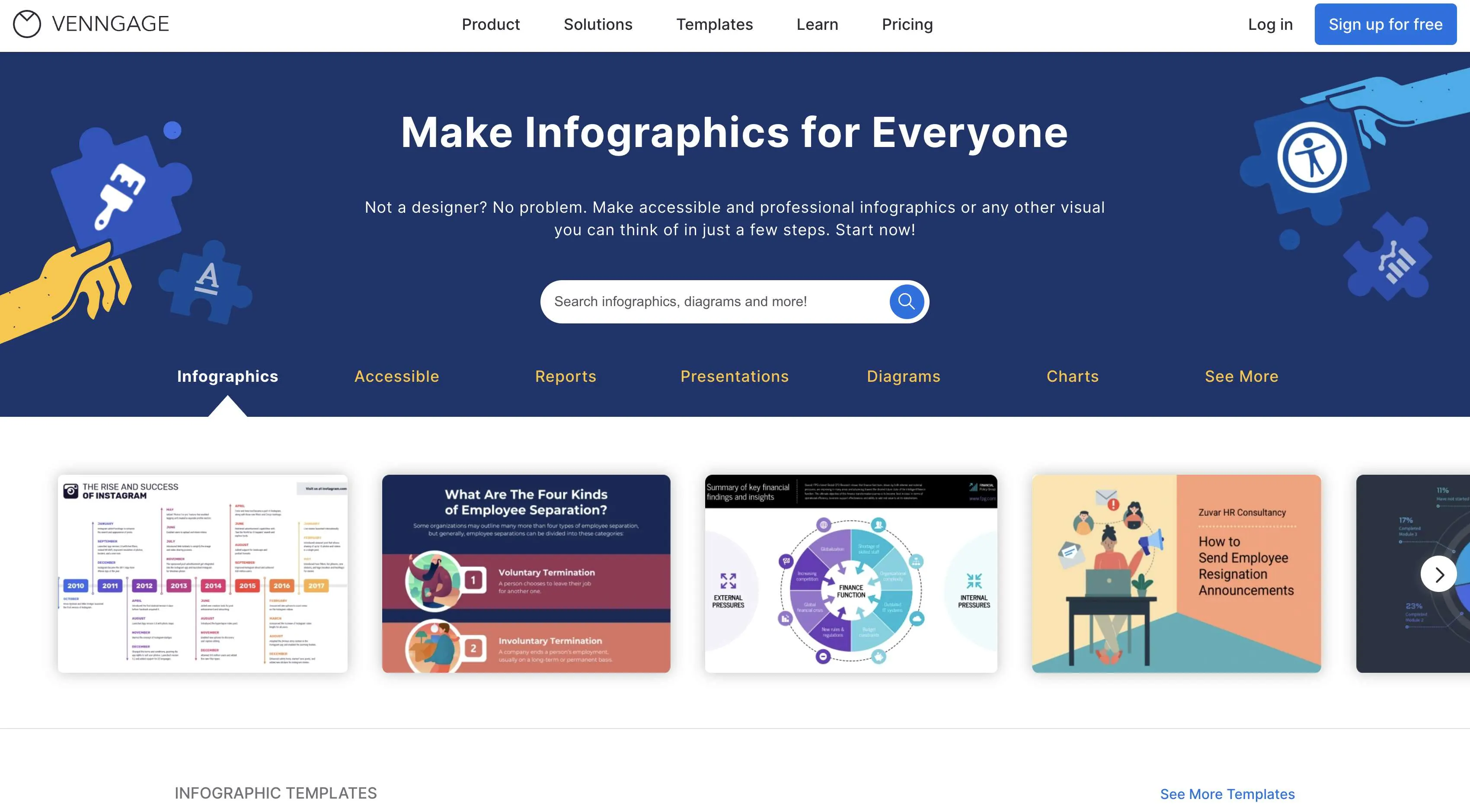Expert Web Design Klerksdorp: Crafting Unique Websites for Every Industry
Expert Web Design Klerksdorp: Crafting Unique Websites for Every Industry
Blog Article
Mastering Web Design: Secret Concepts for a User-Friendly Website
In the realm of website design, the concentrate on customer experience has actually become vital, forming just how internet sites are created and perceived. Secret concepts such as instinctive navigation, responsive style, and constant visual elements play a vital duty in ensuring that a site is not only aesthetically pleasing however additionally useful. Attention to ease of access can substantially boost user engagement and complete satisfaction. As we discover these fundamental components, it becomes evident that the decisions made during the design process can have long-term implications on a site's efficiency and individual loyalty. What techniques might be most impactful?

Relevance of Individual Experience
In the world of website design, the importance of customer experience (UX) can not be overemphasized. UX includes the overall satisfaction a user acquires from connecting with a web site, dramatically affecting their perception of a brand name and their chance of returning. web design klerksdorp. A well-designed UX facilitates smooth navigating, fosters individual involvement, and eventually drives conversions
Comprehending users' demands and behaviors is vital in creating an efficient UX. This involves leveraging research approaches such as user characters, journey mapping, and functionality screening to acquire understandings into individual choices. By tailoring style elements to satisfy these demands, designers can improve use and create a much more instinctive interaction.
Furthermore, a positive UX contributes to the internet site's integrity and trustworthiness. Individuals are most likely to involve with a site that is visually pleasing and very easy to navigate, which consequently boosts brand name loyalty. On the other hand, an inadequate UX can lead to high bounce rates and an unfavorable understanding of the brand.
Intuitive Navigating Layout
An effective navigation style is crucial for directing customers with a website, ensuring they can find the information they require promptly and efficiently. User-friendly navigating boosts customer experience by allowing seamless interaction with material, leading to boosted involvement and complete satisfaction.
To accomplish user-friendly navigating, it is vital to establish a clear pecking order. This includes arranging web content right into sensible categories and subcategories, enabling individuals to comprehend the structure at a glance. Descriptive tags for food selection products are important; they ought to be straightforward and representative of the content they lead to, reducing ambiguity.
Consistency is another vital concept. Customers must experience familiar navigating components throughout the website, such as the positioning of food selections and buttons. This consistency helps enhance individual expectations and reduces cognitive lots.
Additionally, incorporating search capability can dramatically enhance navigating, specifically for content-heavy sites. This feature equips users to situate particular details swiftly without having to navigate via several web pages.
Finally, usability testing can provide very useful insights right into how actual users engage with navigation aspects, offering chances for renovation. Altogether, a well-designed navigating system is foundational to an user-friendly web site, promoting effectiveness and enhancing general customer complete satisfaction.
Receptive Web Style
Receptive website design is significantly necessary in today's electronic landscape, as it makes certain that sites give optimal seeing experiences throughout a wide variety of gadgets, from computer to smartphones. This technique makes it possible for a single web site to adjust its layout and content to fit different display dimensions and resolutions, enhancing usability and availability.
At the core of receptive layout is fluid grid formats, which use relative systems like portions rather of taken care of pixels. This adaptability permits components to resize proportionally, maintaining visual harmony and functionality. Furthermore, media inquiries play a critical role by applying specific CSS styles based upon device characteristics, such as screen size or alignment.
Incorporating versatile pictures and responsive media is likewise vital; these components need to scale suitably to avoid distortion and ensure a smooth experience throughout devices. Additionally, touch-friendly style considerations are paramount, particularly for mobile individuals, as they often browse through touch motions instead of clicks.
Constant Visual Components
Constant visual components are vital for establishing a natural brand name identity and boosting individual experience across electronic platforms. These components include color design, images, design, and typography designs, which collectively develop a merged aesthetic that customers can quickly acknowledge and connect to. A well-defined shade scheme not just reinforces brand name recognition yet likewise stimulates certain emotions, leading users via the site properly.
Typography plays a significant duty in readability and overall visual charm. Making use of a limited variety of fonts and maintaining regular dimensions and weights ensures a harmonious flow of details. Imagery needs to additionally align with brand this page worths and messaging; you can try these out top quality photos that fit the general design will certainly enhance the site's beauty and professionalism.
Users should really feel comfortable and oriented as they check out numerous areas of the site. Ultimately, a properly designed web site, defined by cohesive aesthetic aspects, reflects expertise and develops count on with customers, producing a positive initial perception and encouraging return brows through.
Accessibility Factors To Consider
Making sure ease of access in website design is a fundamental facet that matches consistent aesthetic elements, enabling all users, despite their capabilities, to navigate and connect with digital web content efficiently. Access considerations are critical for creating comprehensive websites that satisfy the varied needs of individuals, consisting of those with impairments.
To start with, employing semantic HTML is crucial, as it assists display readers translate the structure and material of a web page accurately. Alt text for photos enhances comprehension for aesthetically damaged users, while captioning video content guarantees that those with hearing disabilities can involve with the product.
Moreover, color contrast ought to be very carefully evaluated to help customers with aesthetic impairments. Guaranteeing that text is readable versus its history enhances readability. Furthermore, keyboard navigability is essential; all interactive components should be available without a computer mouse, satisfying customers with flexibility difficulties.
Final Thought
In verdict, grasping web layout requires an extensive understanding of user experience concepts. Prioritizing these facets not only enhances user involvement and fulfillment but additionally promotes brand name loyalty.

In verdict, grasping internet layout necessitates a detailed understanding of customer experience principles.
Report this page